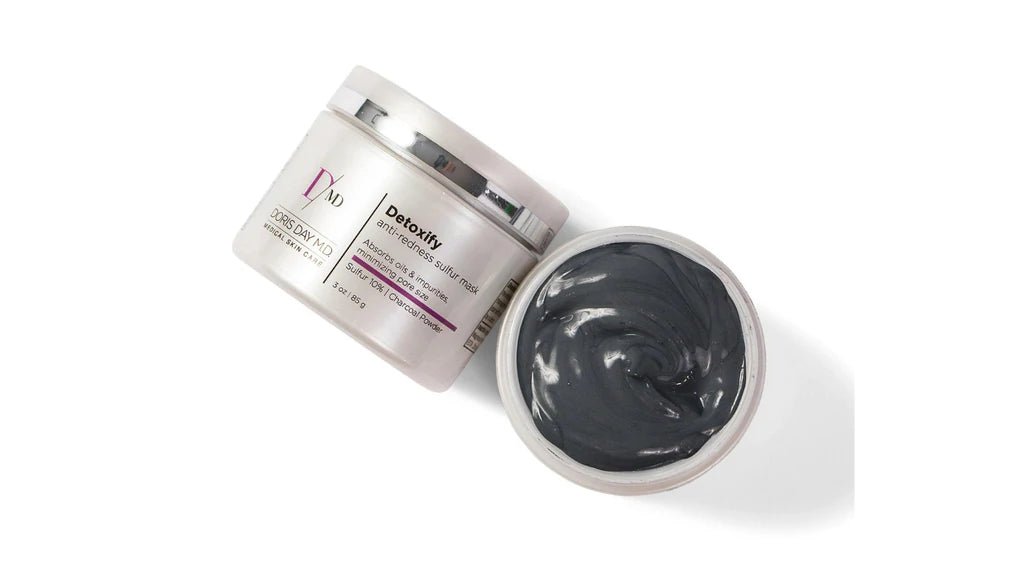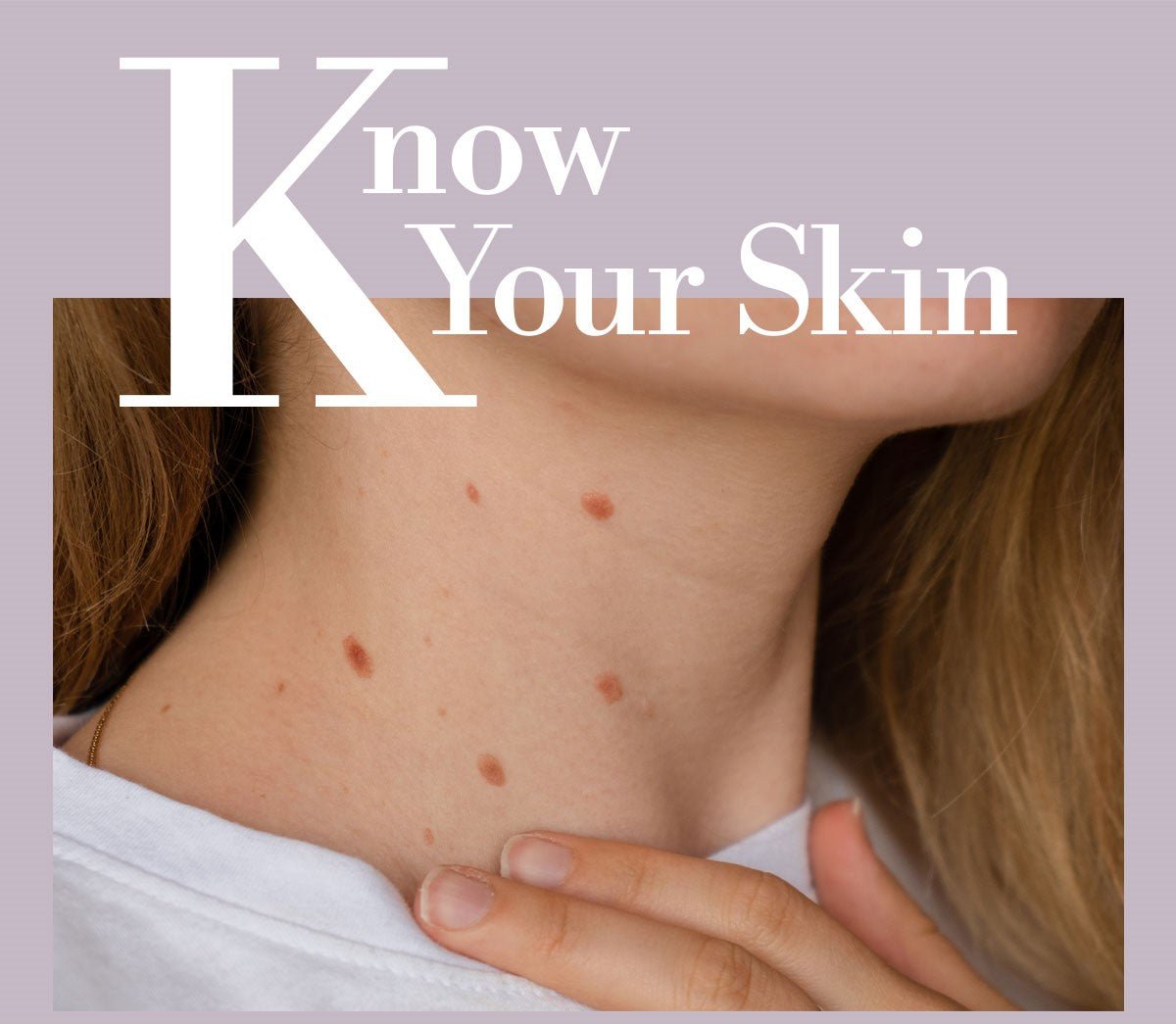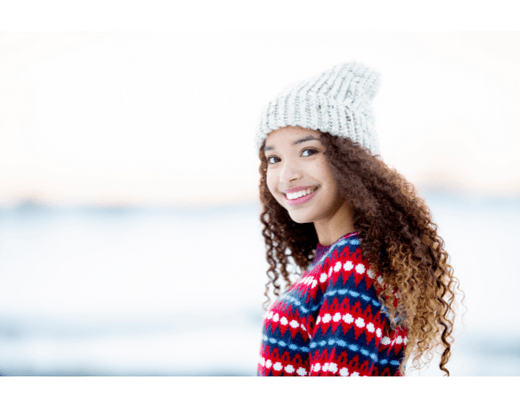Do You Have Rosacea? Here’s How You Can Tell
If you’ve noticed an increase in redness, breakouts that look like acne, but are missing the usual whiteheads and blackheads, along with overall redness and flushing, you may have a condition called rosacea. As the name implies, rosacea is a condition that can leave the skin looking red and inflamed. There are often pimples and pustules that can make it easily confused with acne but there are differences in both the types of lesions and in how we treat them.
While acne is currently considered to be triggered by a reaction to bacteria, rosacea is driven by inflammation and has known triggers, most commonly stress, alcohol, extremes in temperature and some spices. Each person may have their own personal triggers, mine happen to be stress and vinegar.
One theory behind the underlying cause is that mites in the skin, called demodex, are the culprits and this makes sense since many of the treatments that work well for rosacea are anti-parasitic. Others believe that the mites are a red-herring, and that there are other drivers of inflammation that make it possible for the mites to overgrow. The good news is that either way, we have treatments that work.
But first, to make the diagnosis, these are the 4 types of Rosacea. Note: you can have more than one at the same time:
- Papulopustular Rosacea: Breakouts, usually in the central face and around the mouth. These may be pimples and pustules, but not blackheads or whiteheads
- Telangiectatic Rosacea: Redness and easy flushing when embarrassed, mad, hot, after exercise (more than your usual, and lasting longer than usual), or after a hot shower or sauna. Broken blood vessels on the cheeks, chin and around the nose
- Occular Rosacea: Frequent chalazions (styes) around the eyes. A gritty feeling in the eyes (see an eye doctor right away if you have this)
- Rhinophyma: Fullness of the nose or a bulbous nose (think WC Fields)

Any of these could be a sign of rosacea and a reason to see your dermatologist for evaluation and guidance. As for what brings it on, there are a few commonalities we can point to:
- Stress is a trigger for so many things, Rosacea included. Eliminating stress is not always possible, but learning to manage it will go a long way in helping to control your Rosacea. Think of the flare as a sign that you need to consider how stress is affecting you and do your best to get ahead of it. This will not only help you look better, it will help you be better.
- Extremes in temperature: this may be one reason why we see flares of Rosacea as the seasons change, or after sauna, vigorous exercise or even from drinking a hot beverage.
- Alcohol: Studies have shown that white wine makes it worse, others show that red wine is the main trigger. The answer is that it’s often personal where some are more susceptible to one form of alcohol over another but in the end it may have more to do with volume than type of alcohol consumed. Chronic alcohol intake is also one of the drivers of rhinophyma.
- Foods and Spices: it can be anything from pepper to vinegar to a preservative in the food you’re eating, or a vegetable like eggplant or tomato, or chocolate. I call these personal triggers because not everyone has the same triggers. If you notice a flare, think back to what you consumed the day before and look for patterns. My personal trigger is vinegar. I’m careful to avoid it and my skin looks better because of it.

If after reading all this you’ve determined that you may have Rosacea, here’s what you can do about it:
- See your dermatologist, that’s the best way to know for sure, and to get the best personalized treatment guidance.
- Avoid products with high concentrations of glycolic, salicylic or retinoic acid.
- Use sunscreen of SPF 30 or higher daily (ok, it’s true that I say this to everyone, but it’s especially true if you have rosacea to help limit redness in the skin)
- Look for products with azelaic acid
- The All Day Masque helps with breakouts on the lower face and around the mouth that are common in Rosacea and worse after wearing a mask
- Look for products with sulfa, I love the Detoxifying Mask
- Niacinamide is another great ingredient for Rosacea prone skin
- Dew Drop Ultra is excellent for hydration and restoring the skin barrier
- Antioxidants and peptides help reduce inflammation and redness
- Intense Pulsed Light Device: This is an in-office treatment that is usually done in a series and will help reduce redness and also as a bonus, will firm the skin.
- Pulsed Dye laser: another in-office treatment using a specific laser to knock out persistent broken blood vessels.
- Chemical peels: There are specific, gentle, anti-redness and skin rejuvenating peels designed specifically for rosacea prone skin.
- Carboxy-CO2Lift Mask: It’s like a hyperbaric oxygen chamber treatment for your face, leaves it feeling restored, hydrated and refreshed. It’s especially great right before an important event.

"To speed up the healing of her on-again, off-again hormonal chin cysts, Danielle relied on regular cortisone shots. “After one bad breakout, a derm gave me eight injections, which resulted in a painful red flare-up,” she says (see photo at left). When she went back, the derm told her the reaction was caused by too much cortisone! “I got very down and self-conscious and was happy to hide behind my Covid mask,” she says. A few months later, she saw Doris Day, MD, a doc in New York City, who used lasers (BBL Hero and Fotona) to calm redness and target overactive sebaceous glands. She also prescribed a topical azelaic acid gel and oral antibiotics. “After one appointment, I was almost clear,” Danielle says. “A cloud was lifted!” Featured in Real Simple 9/2023
Bottom line:
Rosacea is a common, chronic skin condition that you “grow in to” since it usually starts after your teenage years, sometimes not until your 30’s or 40’s. It typically consists of breakouts that look like pimples but that don’t respond well to acne treatments, along with broken blood vessels and redness, and can also involve the nose and eyes. Treatments include trying to identify and avoid triggers, using soothing products and ingredients, and in-office treatments to knock out the inflammation and improve skin quality. While we can’t “cure” Rosacea, we can control it so that your skin looks healthy, radiant and free of flares.






